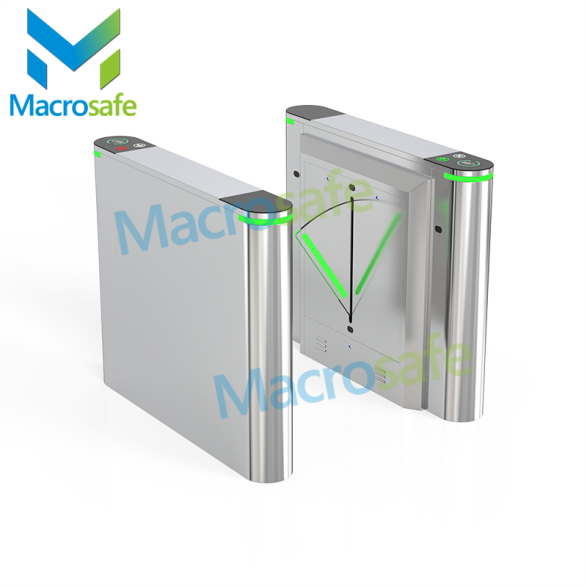Ensuring campus security is of utmost importance in today’s world. Campuses are often bustling hubs of activity with hundreds or even thousands of people moving about their daily routines. However, this level of activity can create a significant security risk. Access control and lockdown measures have been developed to address this risk, but their success can vary. In this article, we’ll explore the varying degrees of access control and lockdown success on campuses, including the role of flap barriers.
- Assessing Access Control Measures
Access control measures are critical to campus security. Effective access control measures can help prevent unauthorized entry and protect campus property and students and staff. Assessing the effectiveness of existing access control measures is essential to ensure that security risks are being mitigated. This can include reviewing the access control system’s technology, such as flap barriers, as well as assessing personnel training and emergency response procedures.
- Importance of Lockdown Procedures
Lockdown procedures are important because they provide a means of emergency response in the case of a security threat. By preparing staff and students and ensuring that everyone knows how to react, lockdown procedures can help prevent unauthorized individuals from entering a building or protect people inside the building.
- Limitations of Access Control and Lockdown Measures
Despite their importance, access control and lockdown measures have limitations. One of the main limitations is the human error factor. Despite the use of technology such as flap barriers, doors can still be left unlocked or people can accidentally let unauthorized individuals into a secure area. Another limitation is the potential for security breaches in the case of an emergency, such as a fire evacuation.
- Role of Technology in Access Control and Lockdown Measures
Technology is playing an increasingly important role in access control and lockdown measures. For example, biometric technologies such as facial recognition are being used to enhance access control systems. Flap barrier gate can match a person’s facial features to records in a database to ensure that only authorized individuals can enter the premises. This technology can provide an additional layer of security, especially in areas with high security requirements.
- Importance of Training and Awareness
Effective access control and lockdown measures require the cooperation of staff, students, and visitors. Therefore, it’s essential to conduct regular training and awareness programs to ensure that security measures are being followed. This can include introducing security protocols through orientation programs or conducting regular security training sessions for all individuals on campus.
- Campus-Specific Solutions
Finally, it’s essential to understand that each campus is unique and has different security requirements. Therefore, access control and lockdown measures should be tailored to each campus’s specific needs. For example, high-security areas such as research facilities may require more stringent access control measures, such as the use of flap barriers or biometric identification systems.
In conclusion, achieving varying degrees of access control and lockdown success on campuses requires a comprehensive approach that considers technology, training and awareness, and campus-specific solutions. Assessing the effectiveness of existing access control measures, the importance of lockdown procedures, and the limitations of access control and lockdown measures are all vital considerations. Additionally, technology such as flap barriers can play an important role in enhancing access control systems. Ultimately, it’s critical to tailor access control and lockdown measures to each campus’s specific needs to achieve the highest degree of security and safety.
